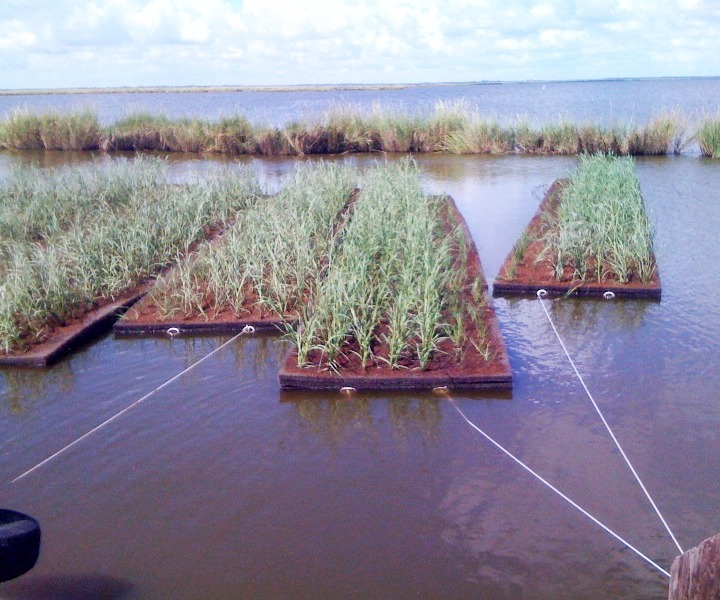Capabilities > Climate Adaptation & Flood Resilience
Climate Adaptation & Flood Resilience
Capabilities
RES Climate Adaptation & Flood Resilience Solutions
These projects use nature-based infrastructure to dissipate impacts of heavy storm events, rising sea levels, and ongoing climate degradation.
Public Works &
Coastal Resiliency
Corporate Sustainability
Initiatives
Native Vegetation &
Pollinator Habitat

Nature-based infrastructure – such as wetlands, coastal dunes, or living shorelines – help to break up storm surges, reduce shoreline erosion and coastal flooding.
Urban resiliency plans and master plans for coastal resiliency often combine nature-based infrastructure with built infrastructure, such as flood detention areas, seawalls, jetties, and revetments. These projects can often be combined with recreational areas and open space, providing multiple public benefits from a single project.
“It’s just a fight that we’ll keep on fighting, and I can actually say I have been doing this for fifteen years and we are winning the battle. Thanks to companies like RES and BHP and America’s Wetland Foundation, we’ll keep moving forward.”
Gordon Dove
President, Terrebonne Parish
|
|
|
|||
Solution looks like: |
|
 |
||
|
|
|
|||
Resiliency results look like: |
|
|||
|
|
|
|||
Unique role of restoration |
Can be paired with built infrastructure for speed, cost-effectiveness, and low maintenance. |
|||
|
|
|
|||
What RES stands for: |
Turnkey projects with guaranteed performance. |
|||
|
|
|
